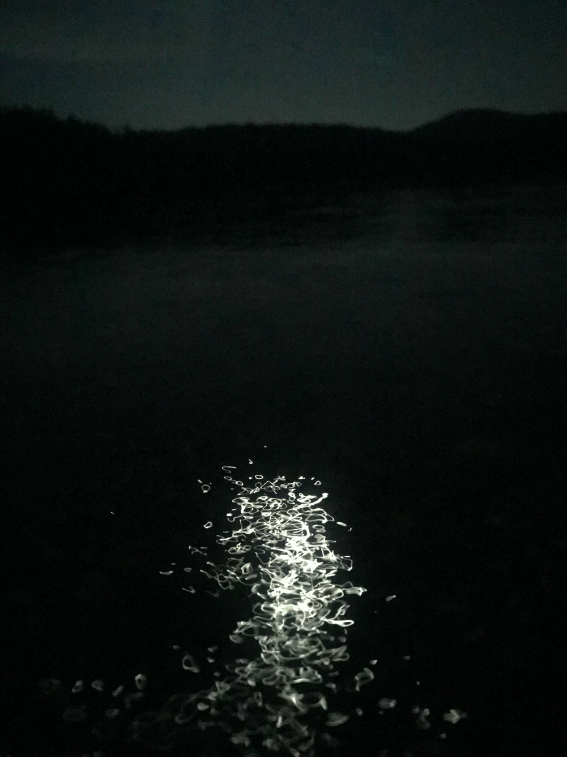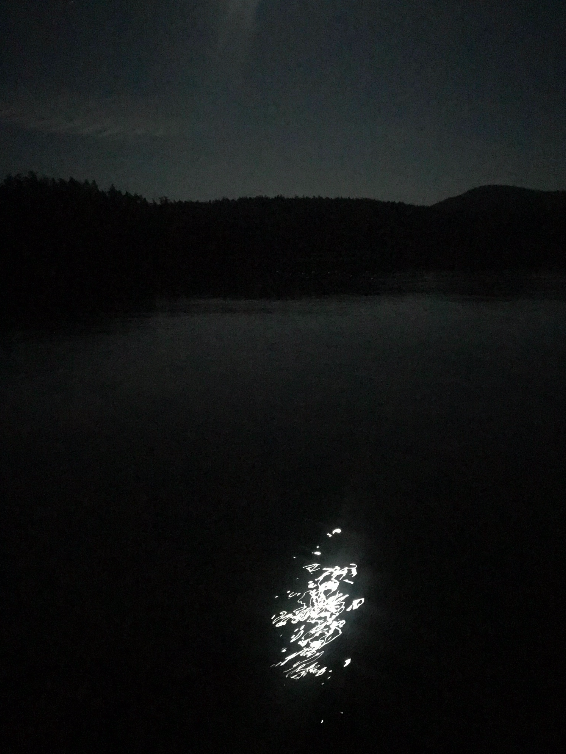JP Raite








images copyright Derron Yuhara
Anything Blue:
a free open call for art
curated by JP Raite
Have you ever noticed that you can “turn green with envy,” or “see red” when you’re angry, but you can only really be blue?
The color blue’s association with sadness has been demonstrated a number of times throughout history. Ancient Greeks thought that when Zeus cried, it caused blue rain to fall; sailing ships started to fly blue flags when an officer or captain died; West African cultures used blue indigo dye for their mourning garments in death ceremonies; these same people who were later enslaved by colonists would sing dirge-like songs dubbed “the blues” while they were forced to work on plantations.
An early use of blue as metaphor can be traced back all the way to 1385 when Geoffrey Chaucer wrote, “Wyth teres blewe and with a wounded herte,” (or “with tears blue and with a wounded heart”). Making the connection between the salt water of the ocean, which is often perceived as blue, and the salt water of our tears, could be another explanation for why blue equals sad.
There may also be a scientific reason that this connection is being made across cultures. Recent research has indicated that emotion can influence various visual processes that are involved in perceiving color. This phenomenon is called synesthesia, which can be described as the brain’s tendency to make non-obvious connections between two aspects of the world. Some more extreme synesthetes perceive colors when looking at numbers, or experience taste sensations when listening to music. Therefore, it’s suggested that the same neurological connections that cause synesthesia help us create and understand metaphors.
Maybe the neural feedback happening in your brain tells you that blue is not sad at all, it’s actually the number 7, or Monday, or a circle; in which case you may have a heightened propensity for creativity! Many artists, writers, and other great thinkers throughout time are suspected to have been synesthetes. Perhaps it’s because of them that these colorful metaphors have come into being.
Sources:
The color blue’s association with sadness has been demonstrated a number of times throughout history. Ancient Greeks thought that when Zeus cried, it caused blue rain to fall; sailing ships started to fly blue flags when an officer or captain died; West African cultures used blue indigo dye for their mourning garments in death ceremonies; these same people who were later enslaved by colonists would sing dirge-like songs dubbed “the blues” while they were forced to work on plantations.
An early use of blue as metaphor can be traced back all the way to 1385 when Geoffrey Chaucer wrote, “Wyth teres blewe and with a wounded herte,” (or “with tears blue and with a wounded heart”). Making the connection between the salt water of the ocean, which is often perceived as blue, and the salt water of our tears, could be another explanation for why blue equals sad.
There may also be a scientific reason that this connection is being made across cultures. Recent research has indicated that emotion can influence various visual processes that are involved in perceiving color. This phenomenon is called synesthesia, which can be described as the brain’s tendency to make non-obvious connections between two aspects of the world. Some more extreme synesthetes perceive colors when looking at numbers, or experience taste sensations when listening to music. Therefore, it’s suggested that the same neurological connections that cause synesthesia help us create and understand metaphors.
Maybe the neural feedback happening in your brain tells you that blue is not sad at all, it’s actually the number 7, or Monday, or a circle; in which case you may have a heightened propensity for creativity! Many artists, writers, and other great thinkers throughout time are suspected to have been synesthetes. Perhaps it’s because of them that these colorful metaphors have come into being.
Sources:
- Grad, Laurie Burrows. “Why The Color Blue Is Associated With Sadness.” HuffPost, HuffPost, 26 Nov. 2017, https://www.huffpost.com/entry/color-blue-sadness_b_13233778.
- Hendricks, Rose. “Synesthesia: The Sky, the Number 7, and Sadness Are All Blue.” NeuWrite San Diego, 28 June 2014, https://neuwritesd.org/2014/06/28/synesthesia-the-sky-the-number-7-and-sadness-are-all-blue/
- “What Does Feeling Blue Mean?” Writing Explained, https://writingexplained.org/idiom-dictionary/feeling-blue.